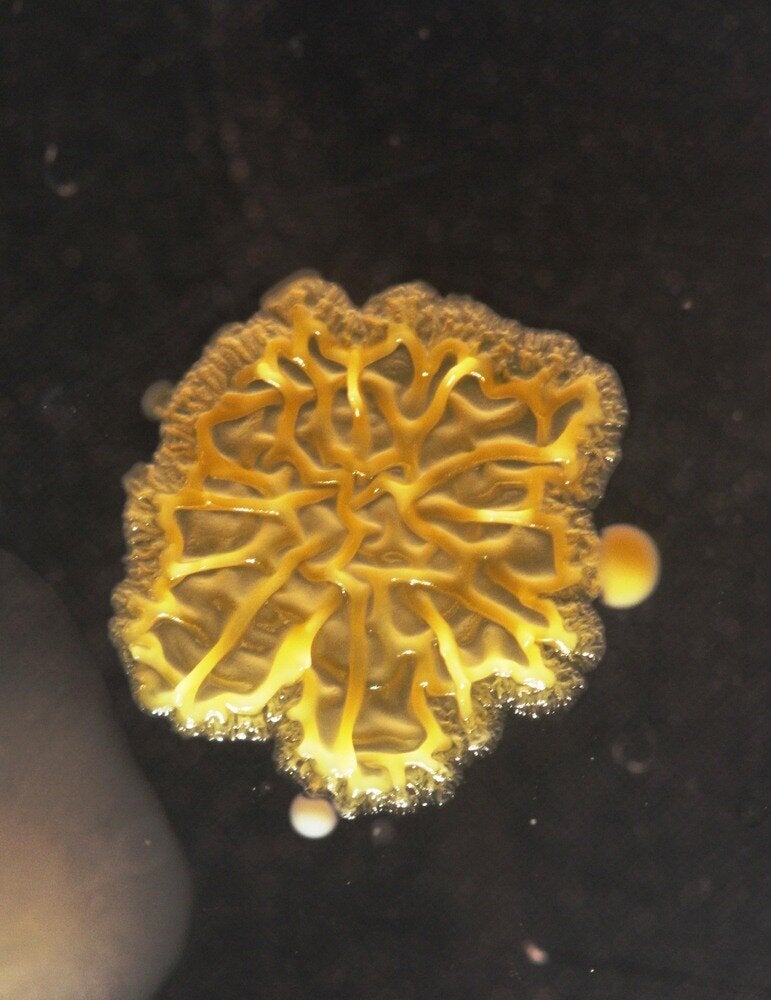As if flying wasn't stressful enough, a study into hygiene and cleaning standards on planes has unearthed some pretty grizzly facts.
In what is essentially a hygiene horror story, a study has shown that suitcases come into contact with up to 80 million bacteria before they reach your hotel room.
Meanwhile, an airline attendant has revealed that people have used plane tray tables - you know, the ones you eat your mid-flight meal off - for changing baby's nappies and cutting their finger nails.
And, the attendant reveals, these trays often aren't cleaned properly between flights.

The study by Aquaint found that (on average) four baggage handlers, two taxi drivers, a hotel porter and one member of airline staff will handle any one piece of luggage.
The average person carries over 10 million bacteria on their hands (in comparison to just 33,000 found on public surfaces), which means that luggage alone can come into contact with a whole host of unfriendly germs.
According to previous research, faecal matter is present on a staggering 26% of hands in the UK - so chances are, there might be a bit of poo lurking on your baggage too.
SEE ALSO:
You're More Likely To Get Ill On An Aeroplane If You Sit In The Aisle Seat, Says Scientist
Here's Why You Shouldn't Be Afraid To Sit Down On A Public Toilet
Travellers Ditching Public Transport Due To Overcrowding, Germs And Claustrophobia
In what is probably the most eye-opening insight of all, a cabin crew member of a large airline commented: “Cleaners don’t have time to thoroughly clean planes between journeys, as they are under pressure constantly to provide a quick turn-around.
"I have seen passengers change their baby’s nappy on the tray table, cut their fingernails on board and even urinate in the seats.
"The carpets are filthy and the toilet floors are worse.
"I would always encourage passengers to sanitise their tray tables and other surfaces before take off, use a sanitising spray on their hands after using the loo and never walk barefoot around the cabin.”
Story continues below...
A study in the Journal of Environmental Health Research suggested that passengers may be up to 100 times more likely to catch a cold on a plane than in their normal day-to-day-life.
It also found that container trays used to hold shoes, clothes and bags for airport security X-Ray machines were bacteria traps, with enough harmful bacteria to make passengers ill.
Meanwhile, research conducted in the USA found that bacteria causing cold viruses, influenza, MRSA, E-coli and listeria have all been discovered on planes and in airports.
So, how can you get around these unsanitary conditions?
Cleaning the drop-down tray table is imperative, says a spokesperson from Aquaint, and it's also worth cleaning armrests and seatbelt fastenings.
Although cabins are cleaned by airlines, findings by the Auburn University in Alabama, USA, revealed that disease-causing bacteria can survive for up to a week inside plane cabins, on surfaces such as tray tables, seat pockets, armrests and window blinds.
It is also important to sanitise hands properly before and after using the toilet - especially if hot water and soap is not available.
"Public toilets on planes, in airports, on cruise ships and in hotels are shared by many people, and it’s always best to err on the side of caution," says Aquaint's spokesperson.
They also advise against walking around barefoot while on board, as carpets aren't cleaned regularly and are potentially "teeming with bacteria".
